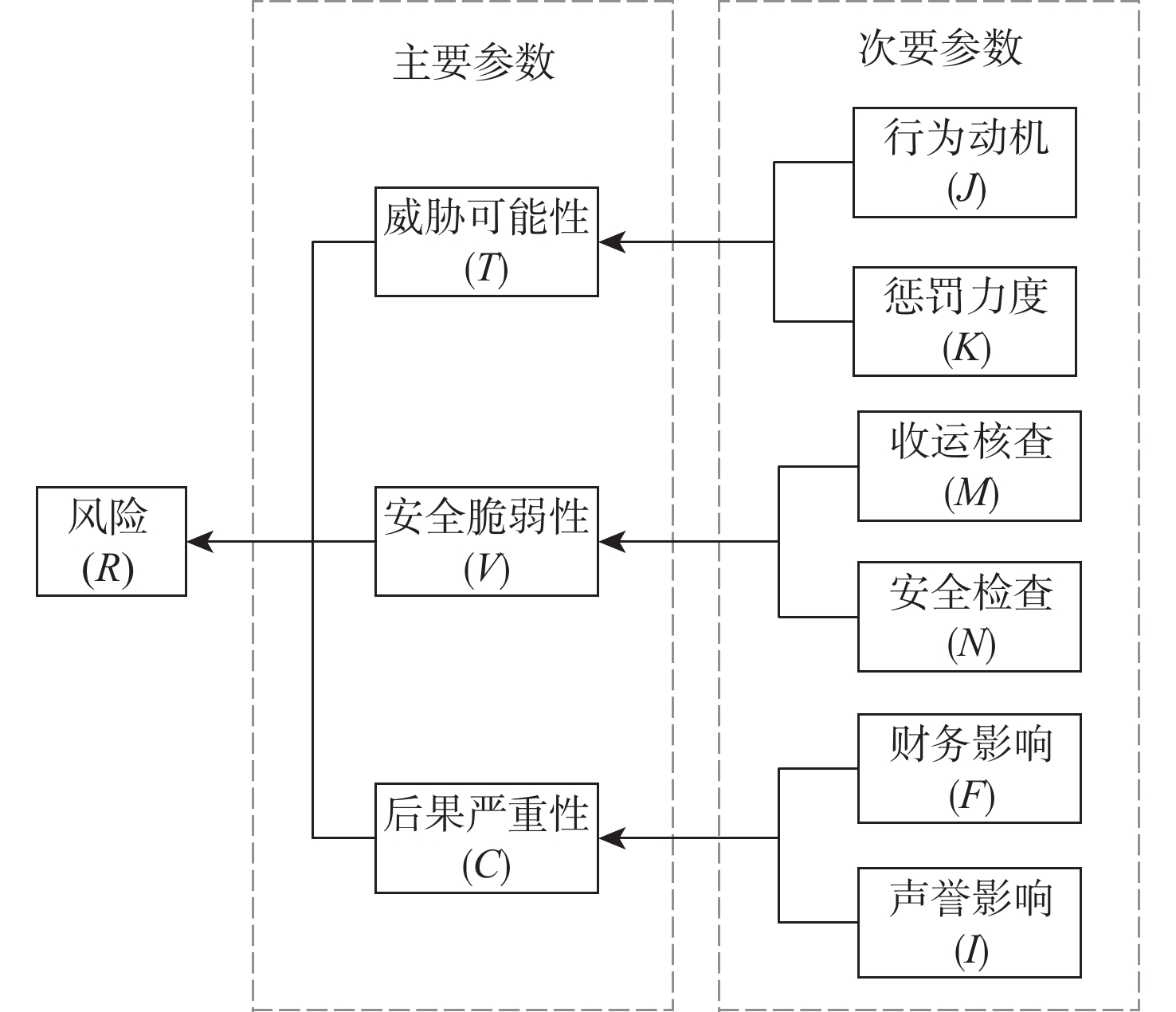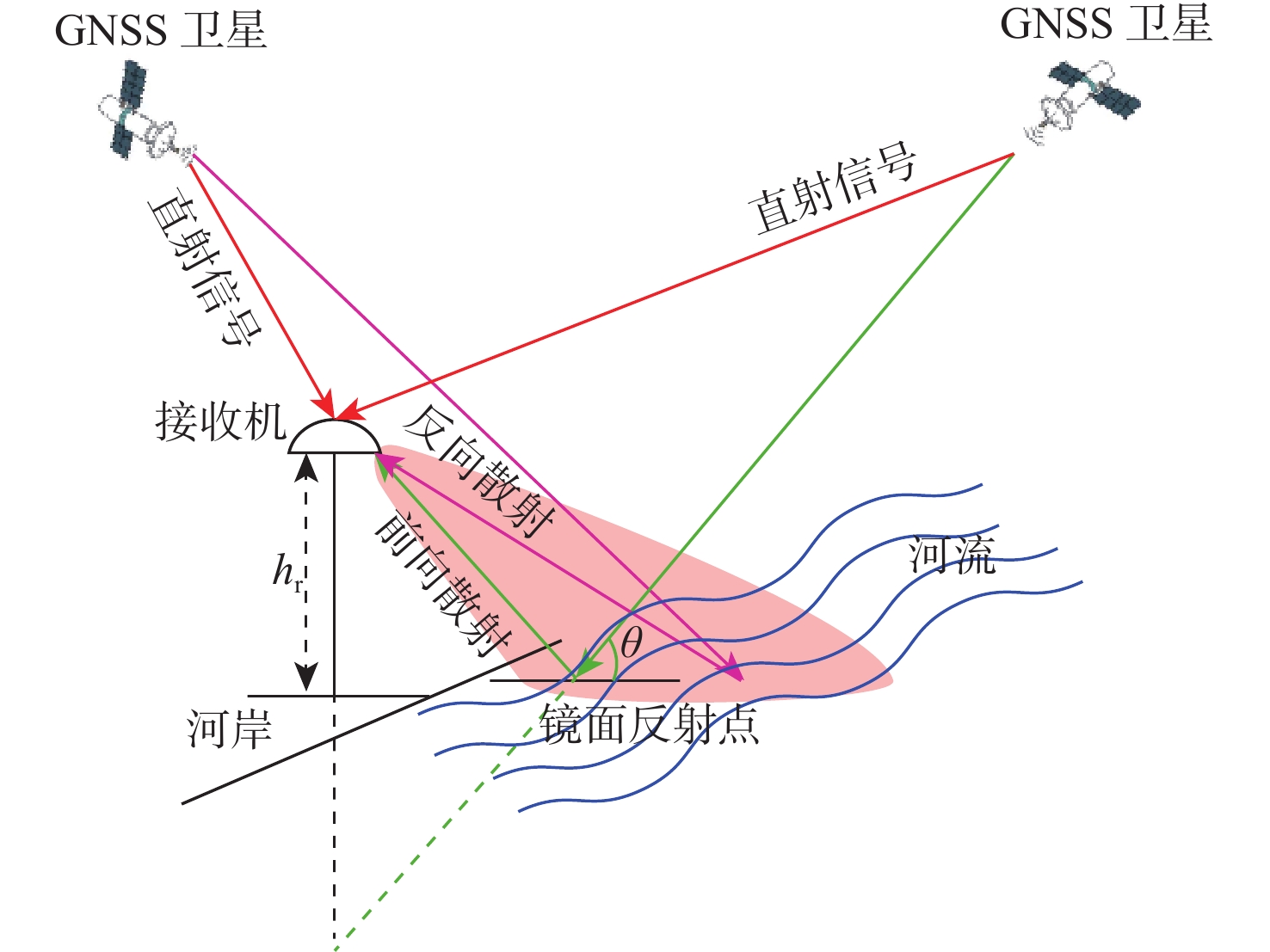In order to select the optimal construction scheme during the construction process for different construction objectives in the airport runway project management, various construction schemes for the airport runway construction process were analyzed, and the mathematical models were established in terms of the construction period, quality, and cost. On this basis, the improved genetic algorithm was used, and the construction scheme for the airport runway construction process was taken as the optimization object. The construction period, quality, and cost were set as the optimization objectives, and a multi-objective optimization model of the airport runway construction scheme was constructed. Then, the general framework of object-oriented multi-objective optimization of airport runway construction schemes was built by using Python language, and the software interface development with the functions of parameter input, construction scheme optimization, and optimization result output was realized based on PyQt5. Finally, on the premise of meeting certain quality and cost, with the shortest construction period as the optimization objective, the optimization performance of the software was verified. The analysis of the optimization results shows that the application of the improved genetic algorithm can effectively achieve the multi-objective optimization of airport runway construction schemes. The optimization results are correct and meet the needs of optimization objectives, which can provide a reference for decision-making of airport runway construction projects.



